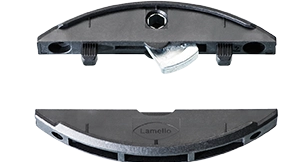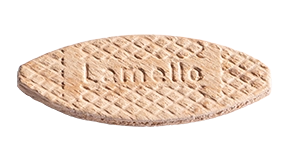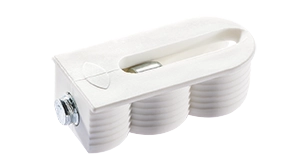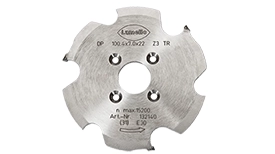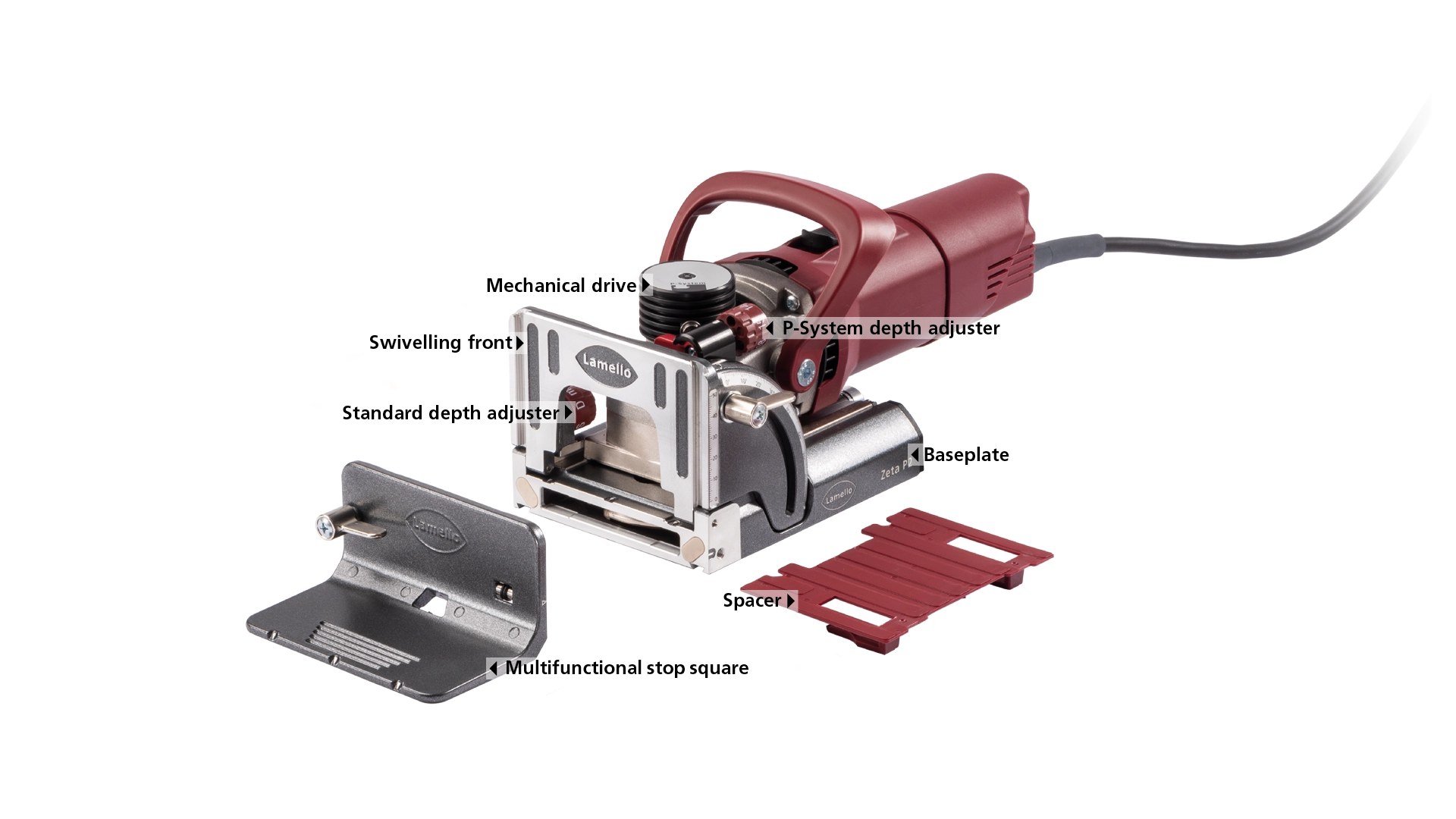Products

The time-saving joining system with positive-locking anchorage

The original for efficient, intuitive and precise joints
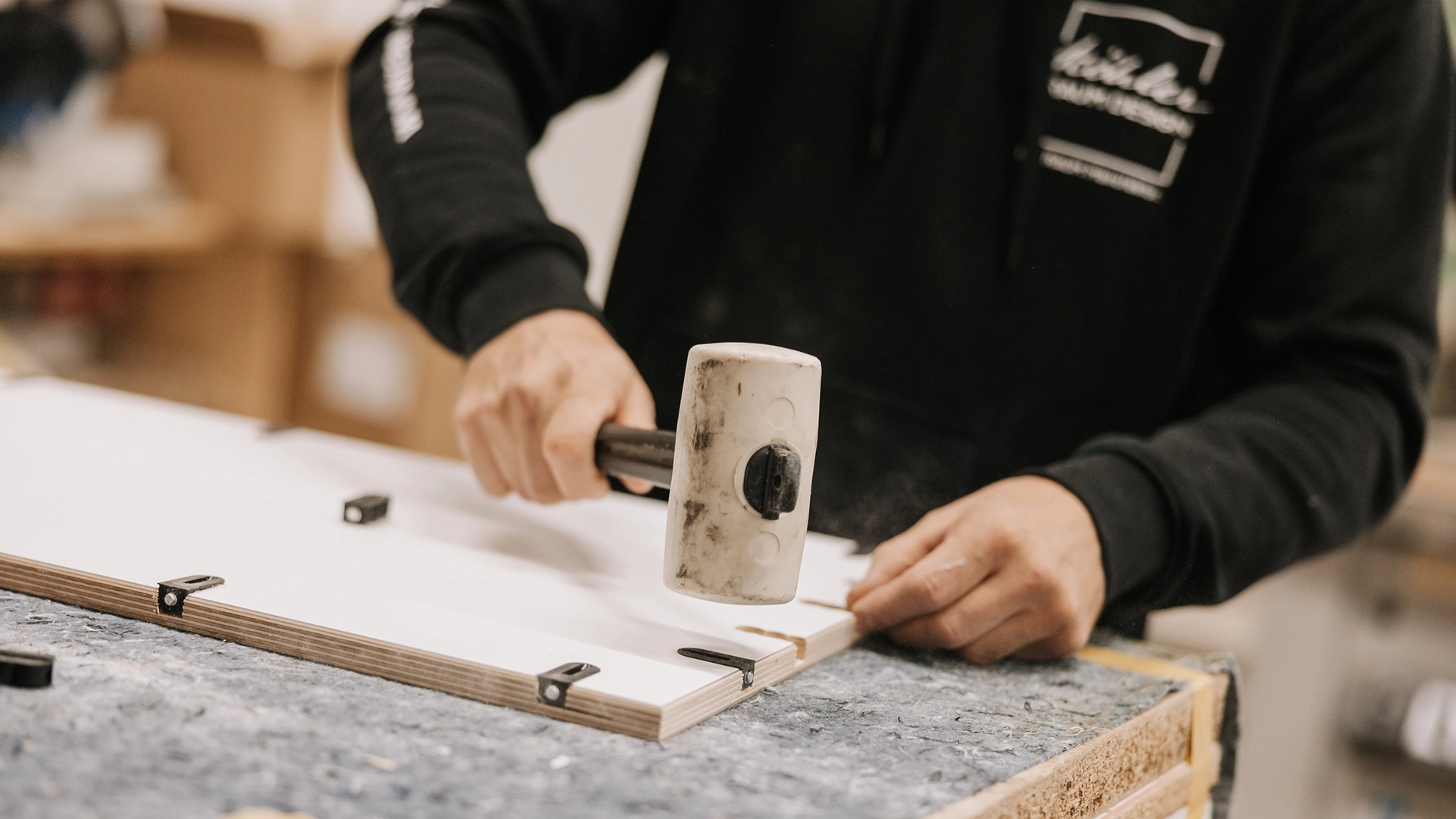
Unique drilling systems for high productive and aesthetic demands

Software components for the efficient use of Lamello products
Find the right solution with the product finder.
Solutions
Inspiration
![[Translate to Europa:] [Translate to Europa:]](/fileadmin/user_upload/Navigation/Loesungen/Kundenreportagen.webp)
Fresh from the press: Lamello customers reveal why they choose Lamello connectors
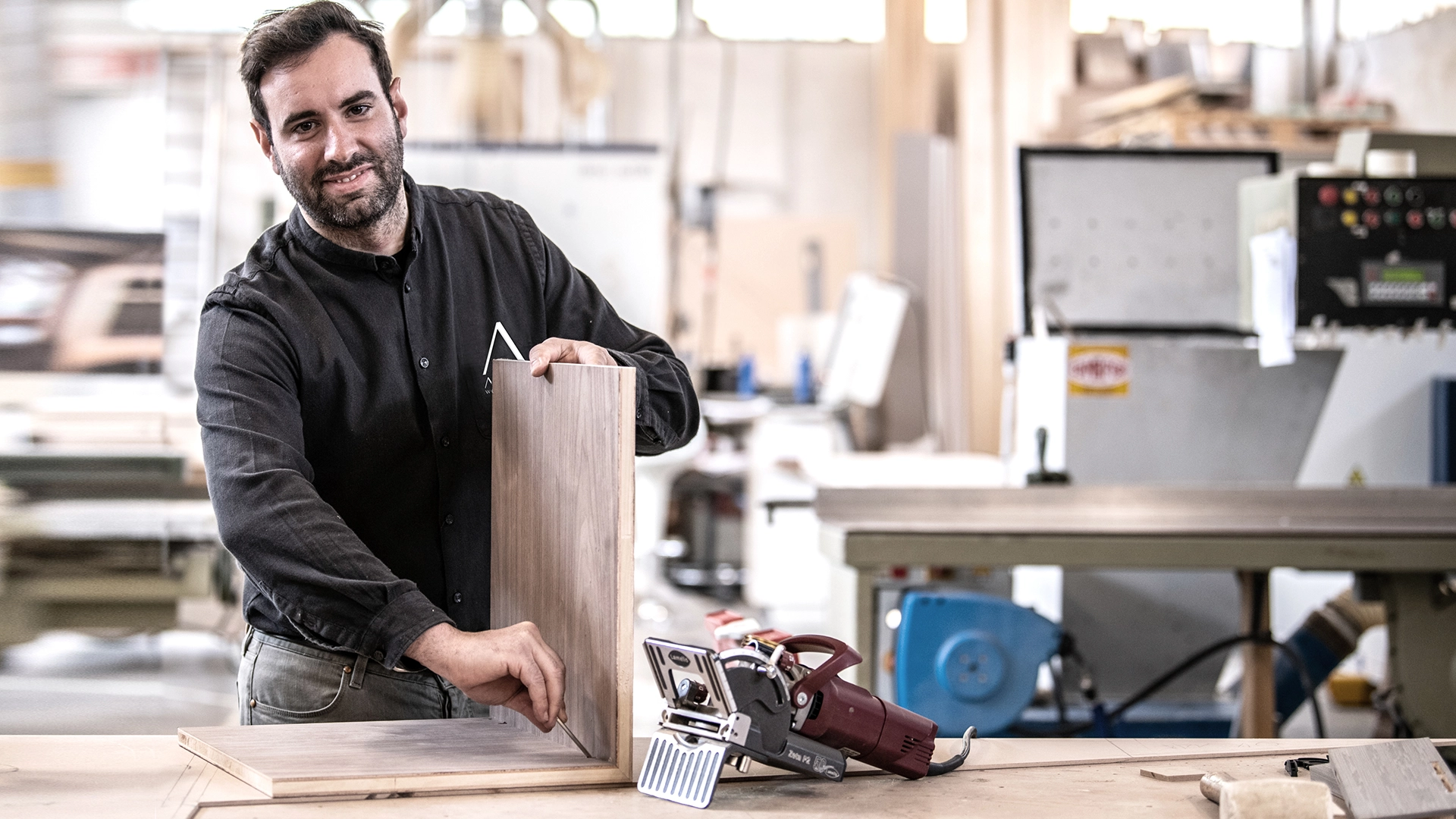
Fresh from the press: Lamello customers reveal why they choose Lamello connectors

Discover a wide range of application inspirations joined using Lamello products
![[Translate to Europa:] [Translate to Europa:]](/fileadmin/user_upload/Navigation/Loesungen/Planungs-_und_Bearbeitungspartner.webp)
Reasons and principles for integrating Lamello connectors into your production
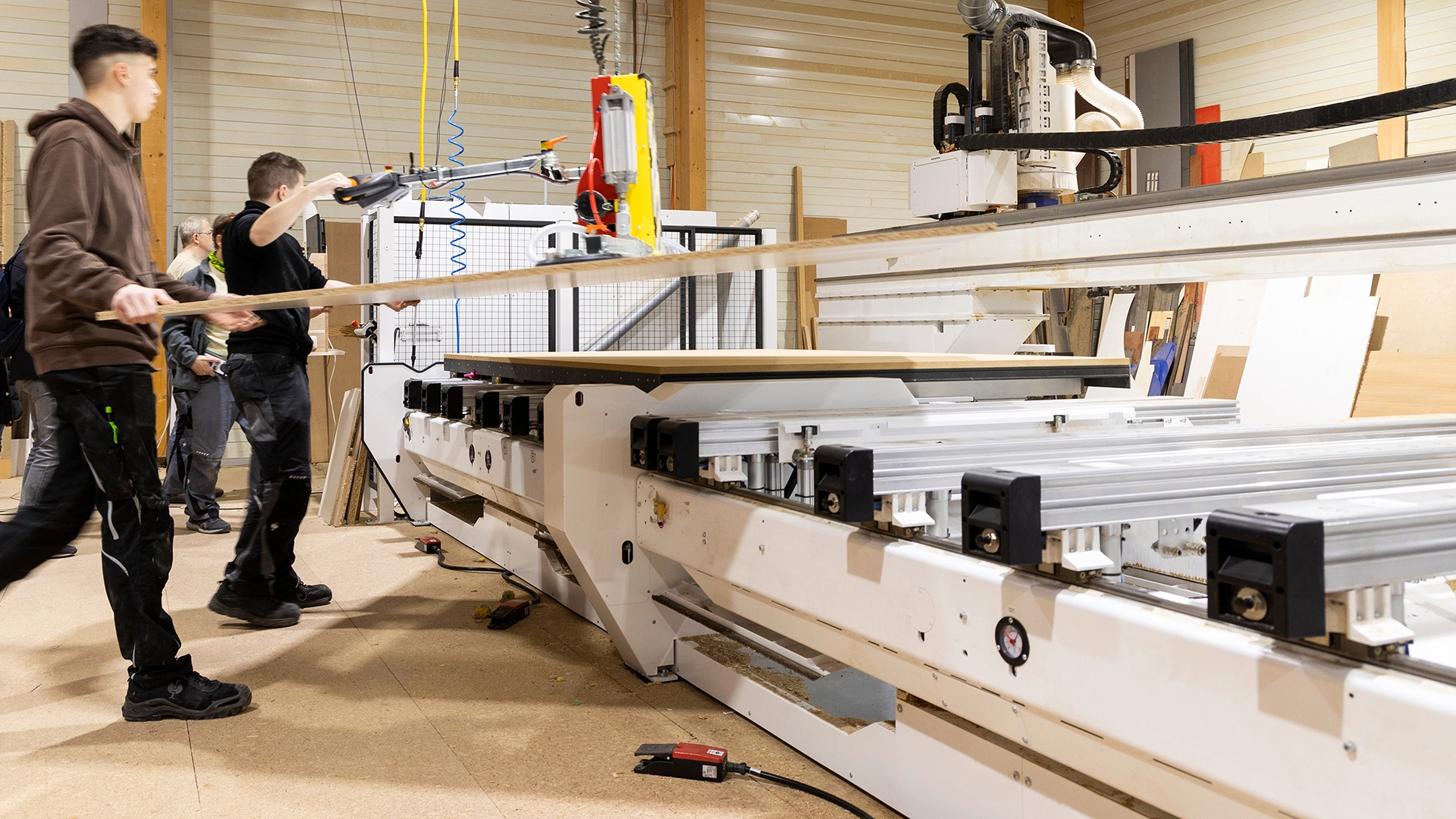
Reasons and principles for integrating Lamello connectors into your production
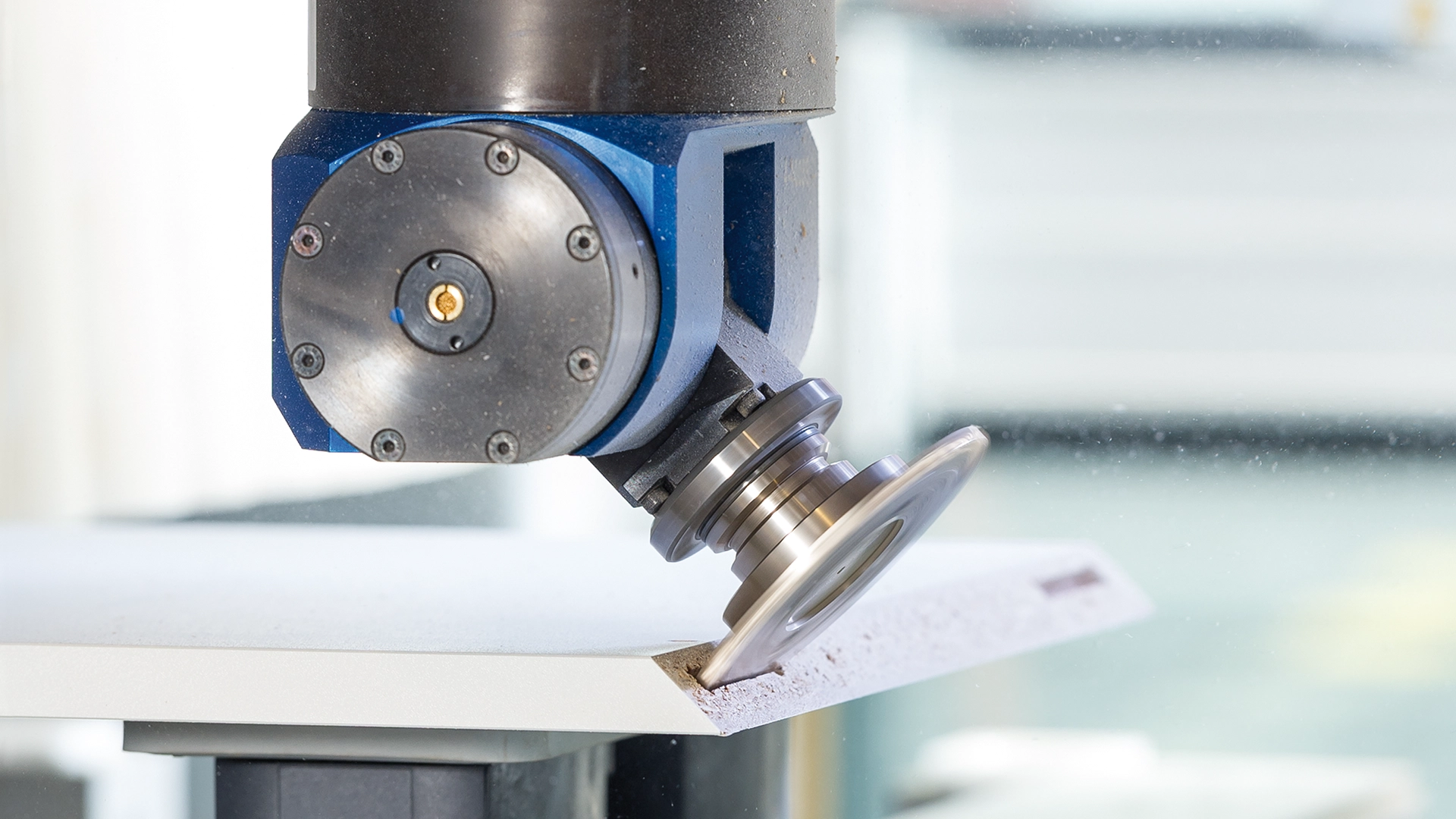
Has your production software integrated the Lamello connectors? Read more about it here
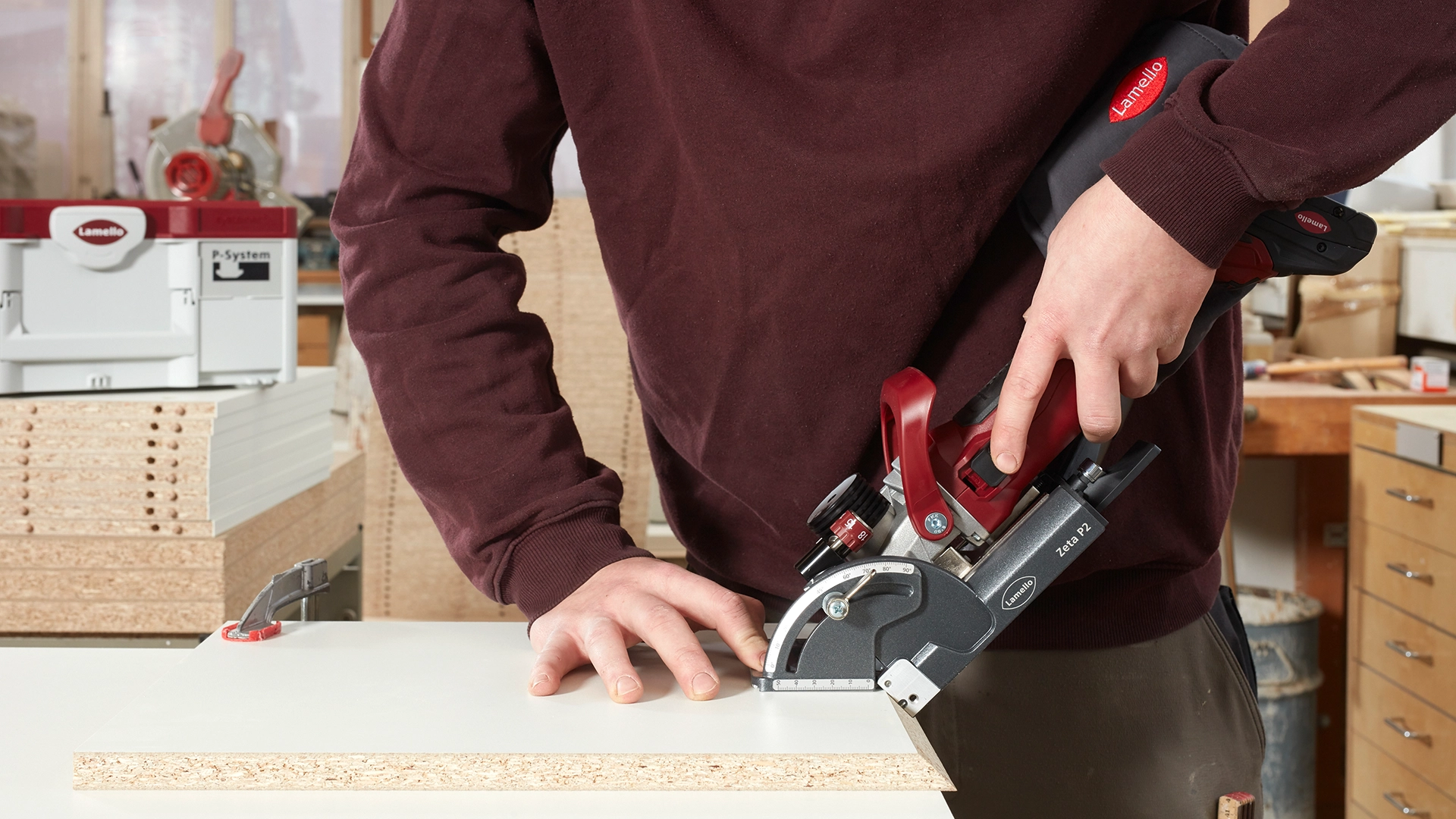
Discover the advantages of Lamello biscuit joiners and their efficiency

Find the right connector and the correct installation position in next to no time
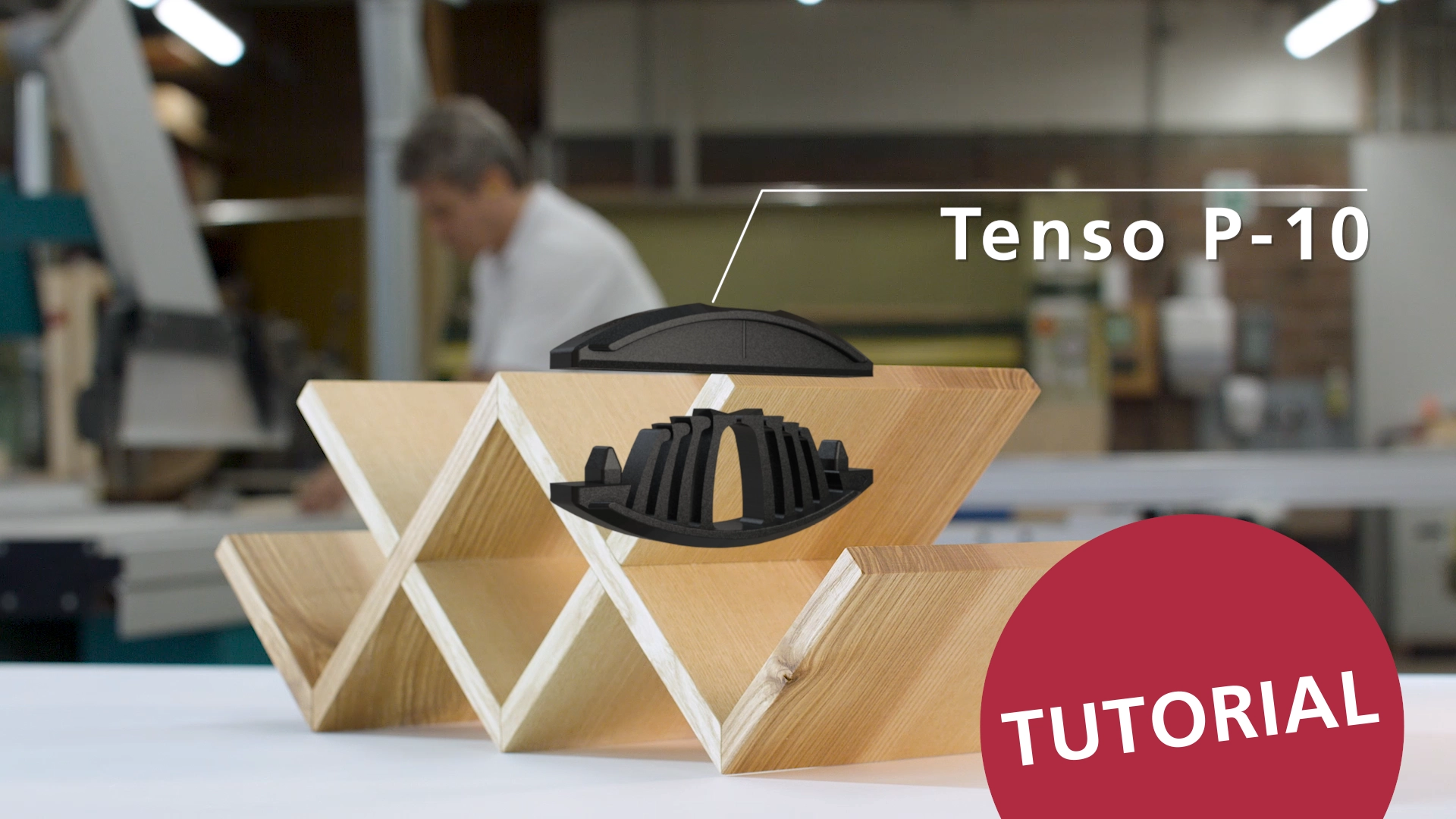
The use of Lamello products in different applications explained step by step
Service
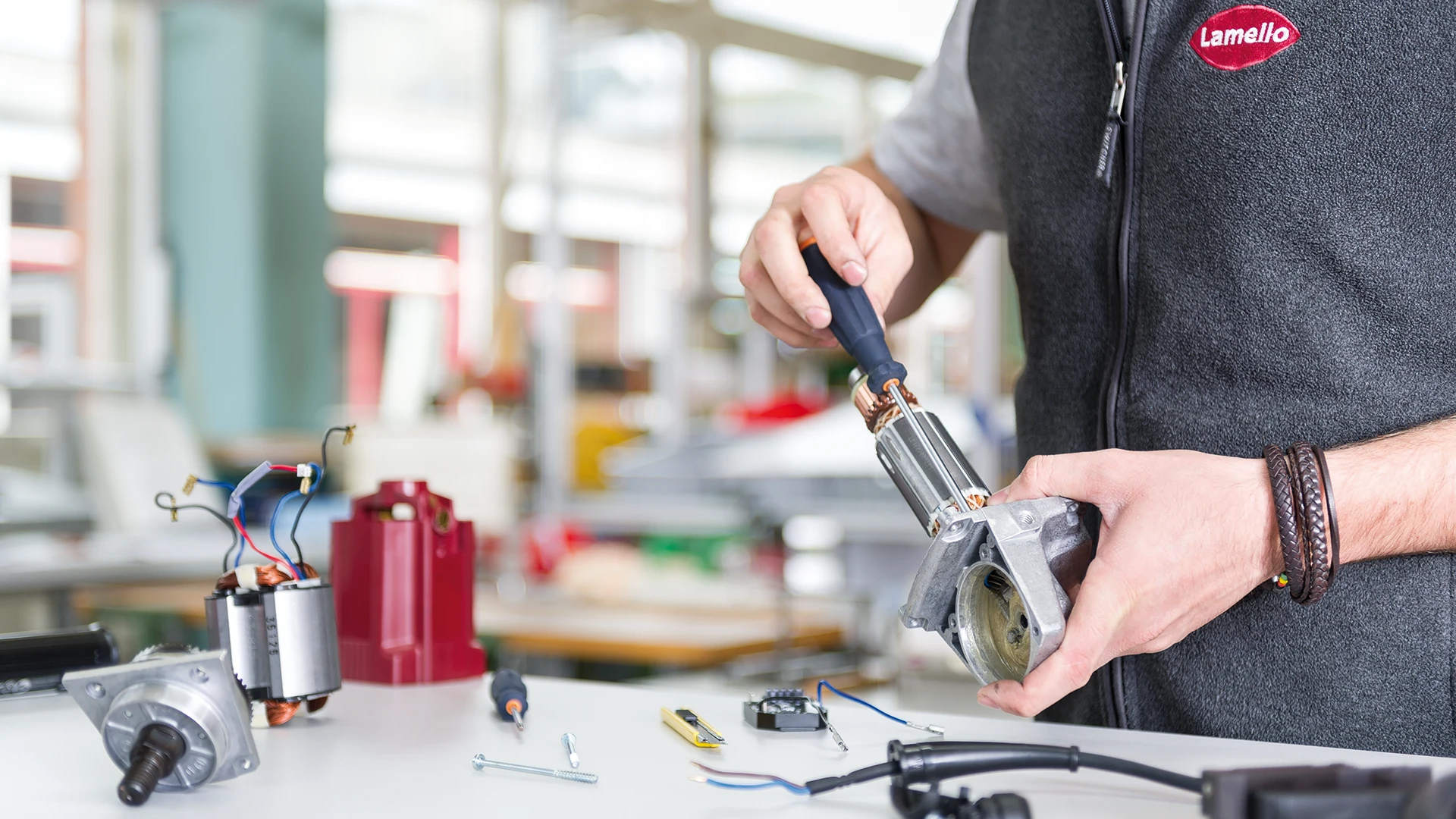
Find out more about the servicing, maintenance and repair of Lamello machines

Register your Lamello machine now and get a three-year warranty
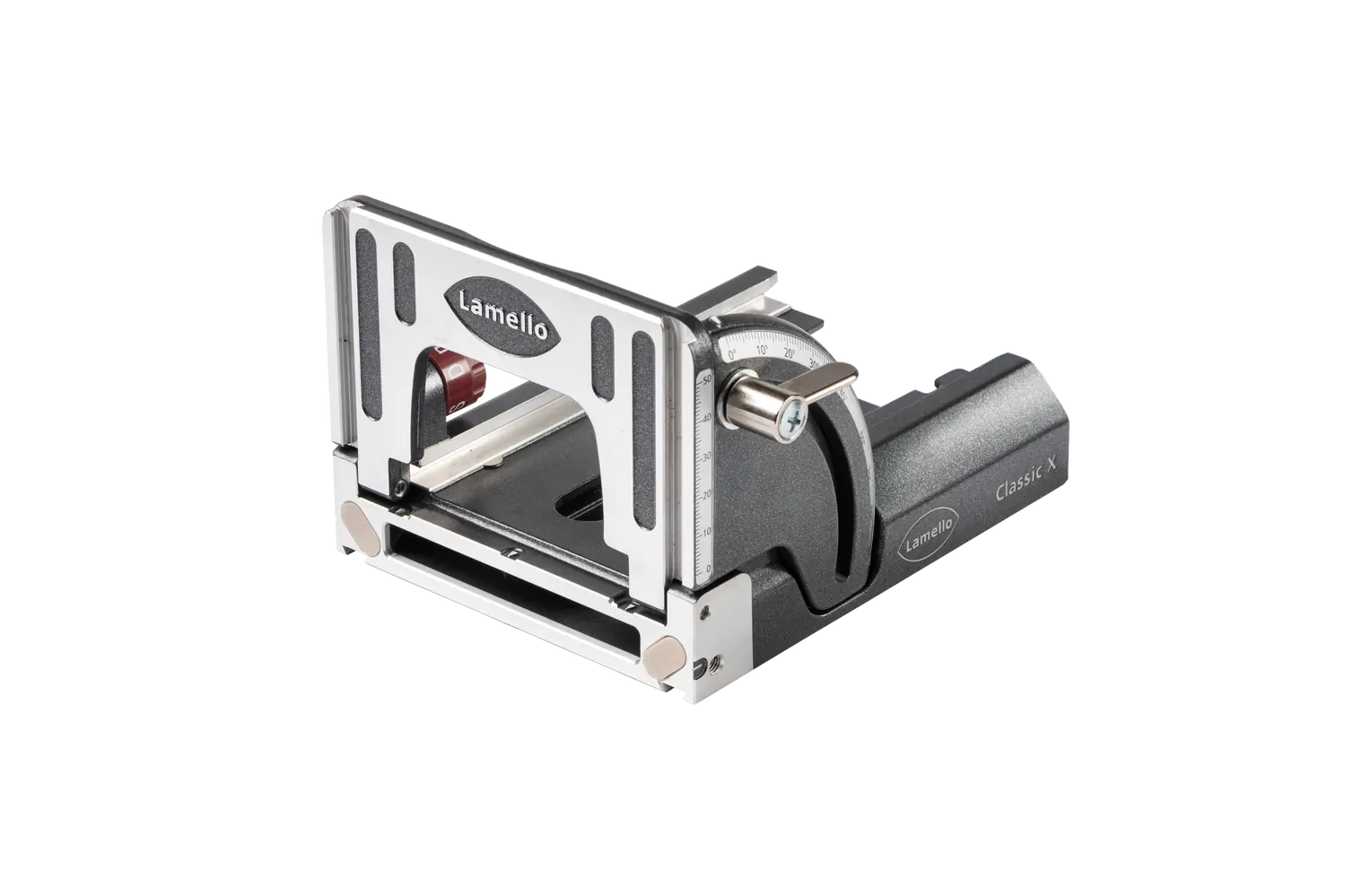
Find the correct spare part or accessory for your Lamello machine here
Contact
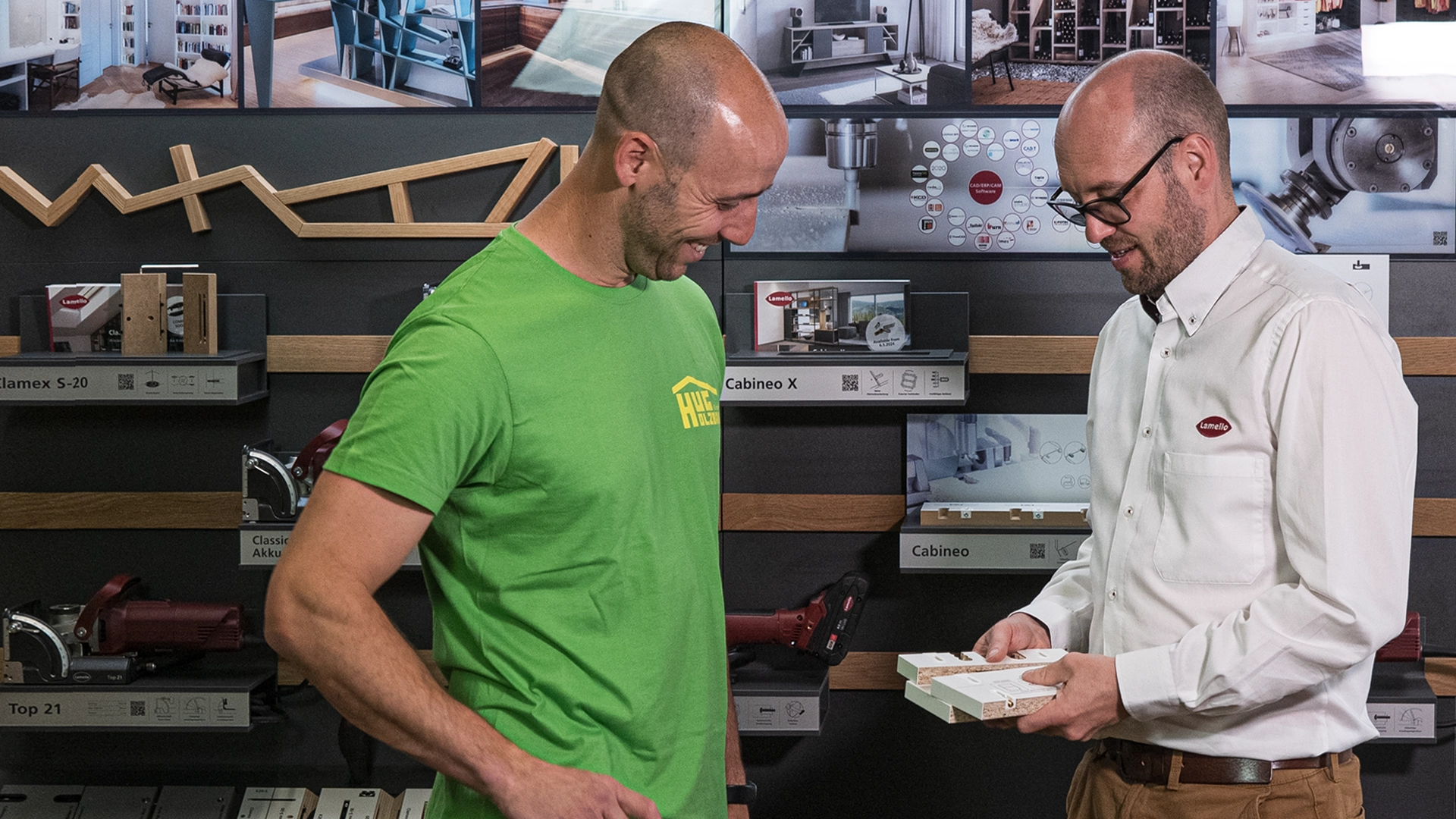
Find your nearest Lamello specialist

Do you have any questions about our products and services? We will be happy to help you.
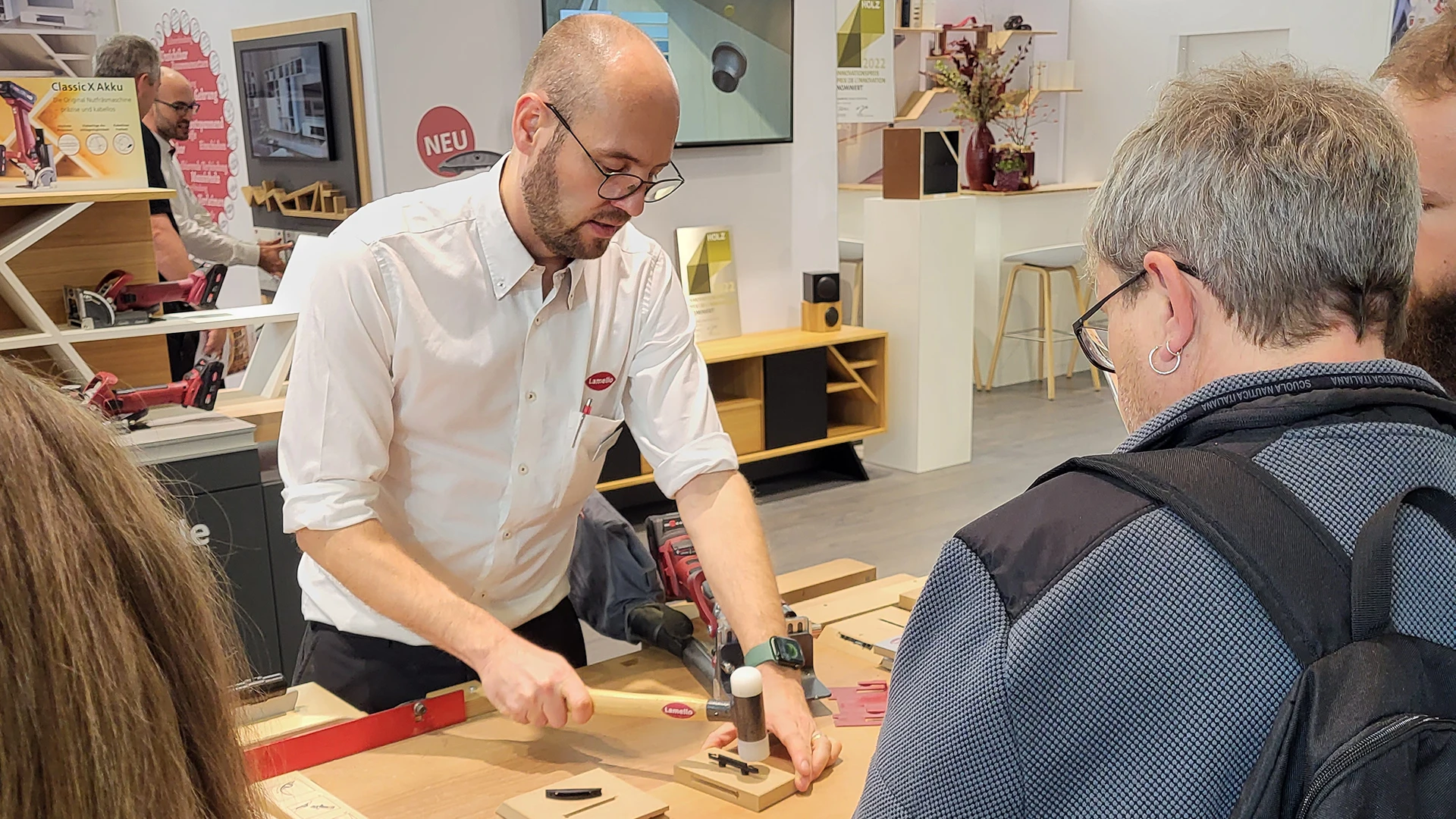
Experience Lamello live – we look forward to your visit

Subscribe to get the latest product news and all sorts of inspiration
Company
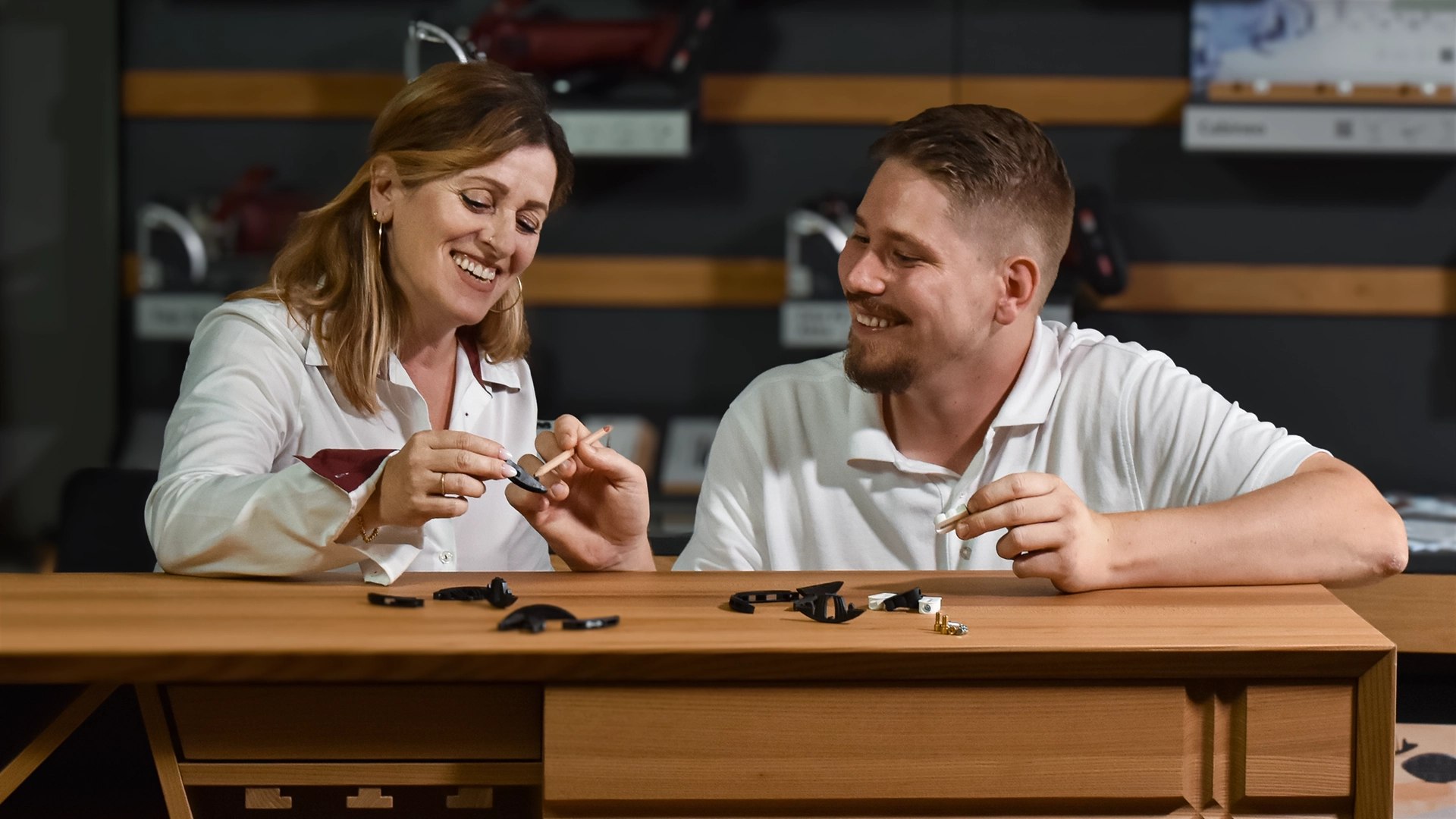
Lamello keeps its promises
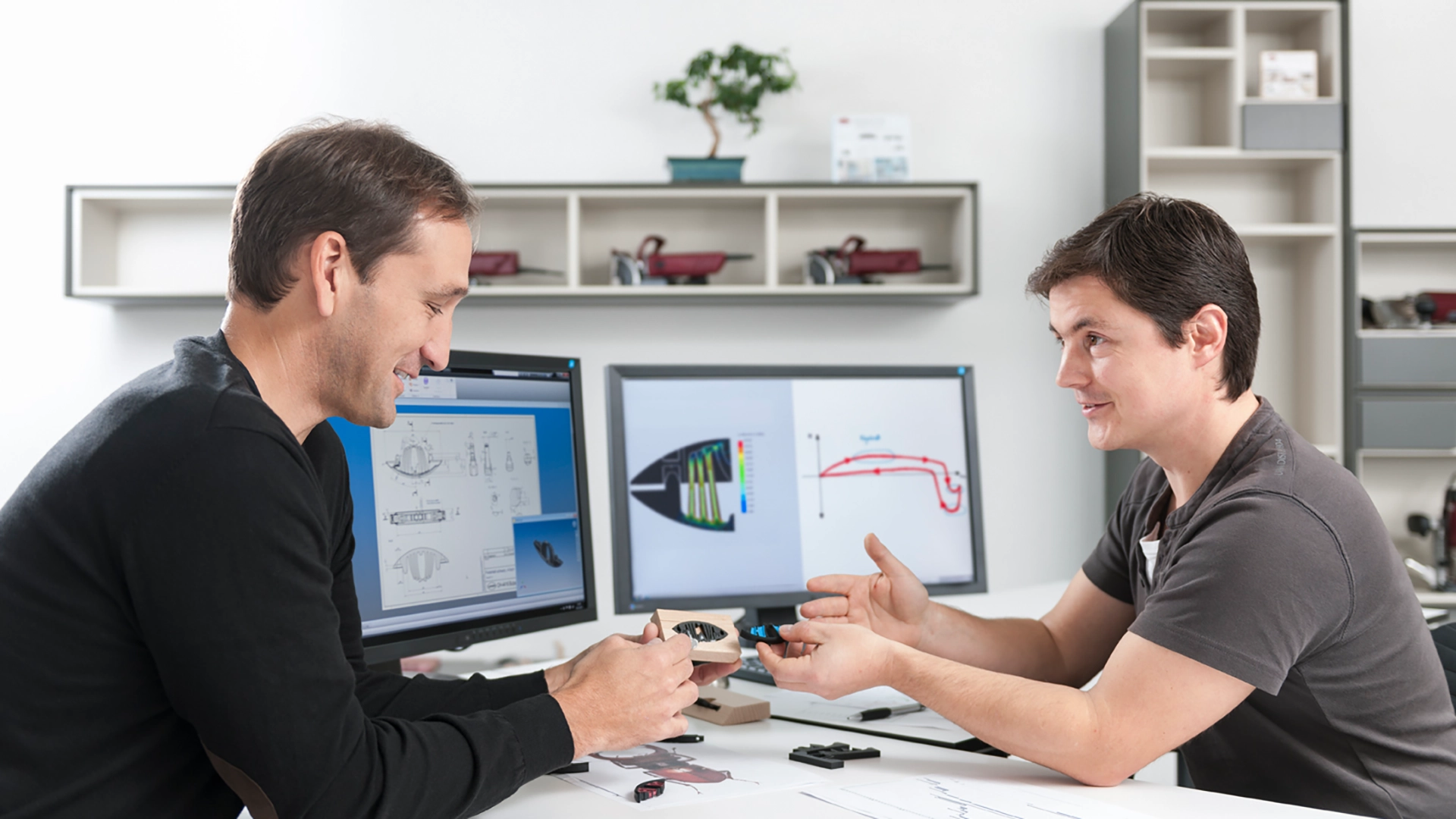
Flexibility, productivity, creativity – our innovations meet your needs
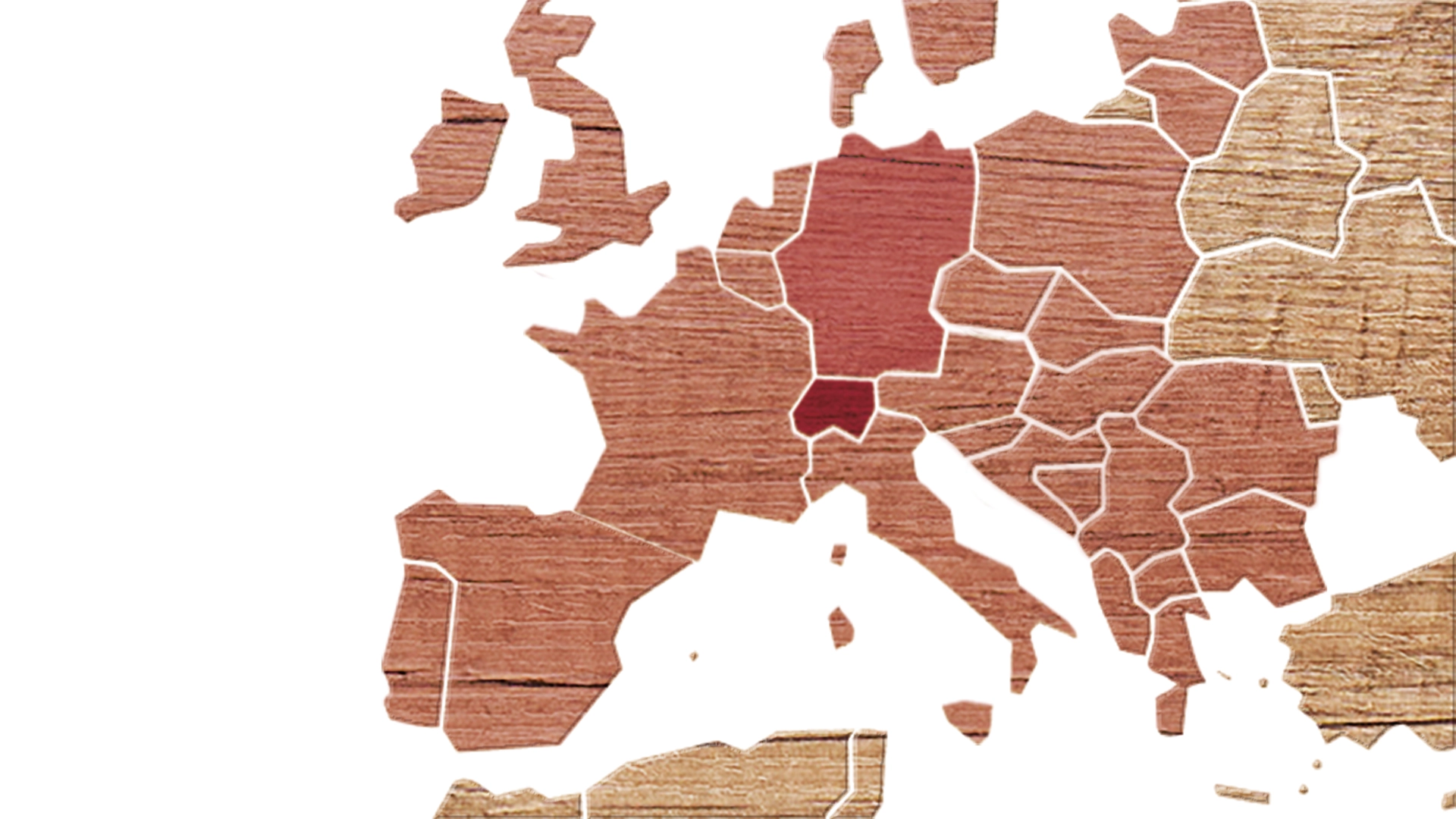
Far-reaching. Close to home. We are there for you worldwide

Beech wood from sustainable, locally managed forests is just the beginning
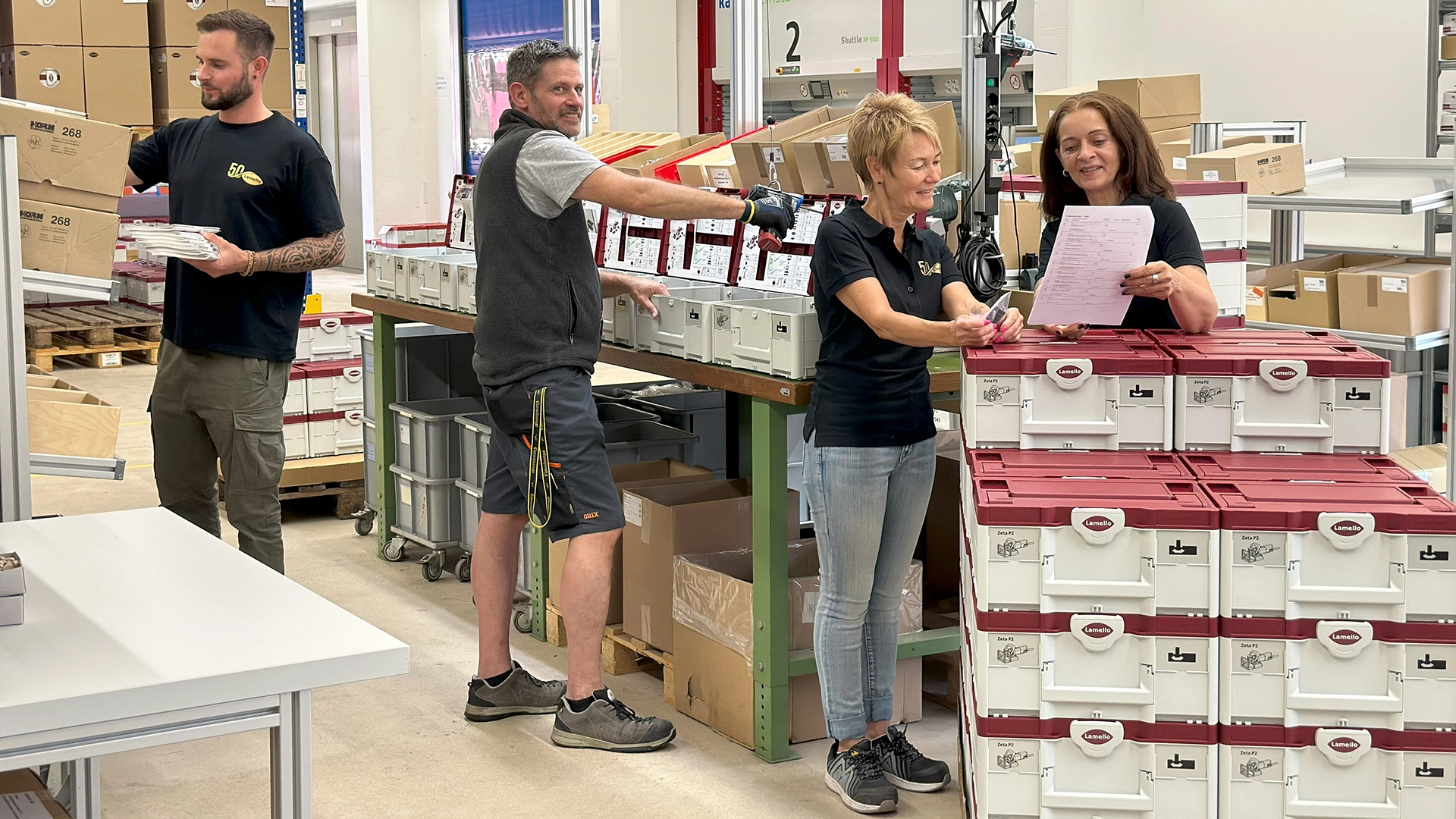
People at the heart of the Lamello organisation
Solutions
Contact
Find the right solution with the product finder.

